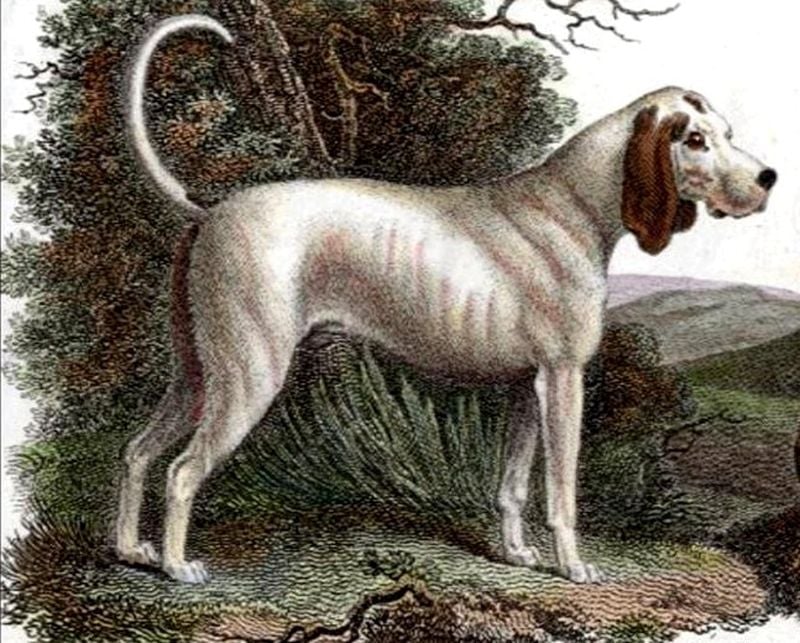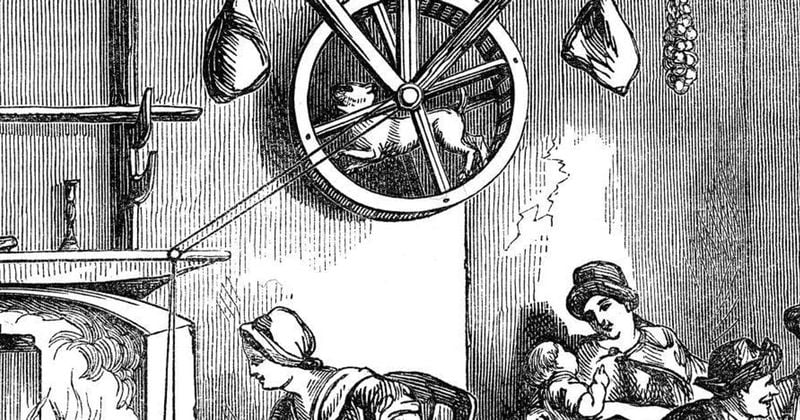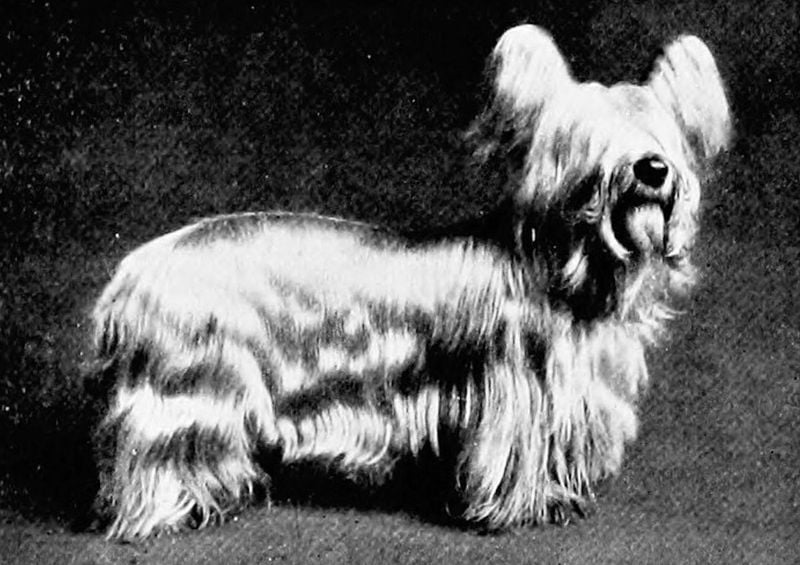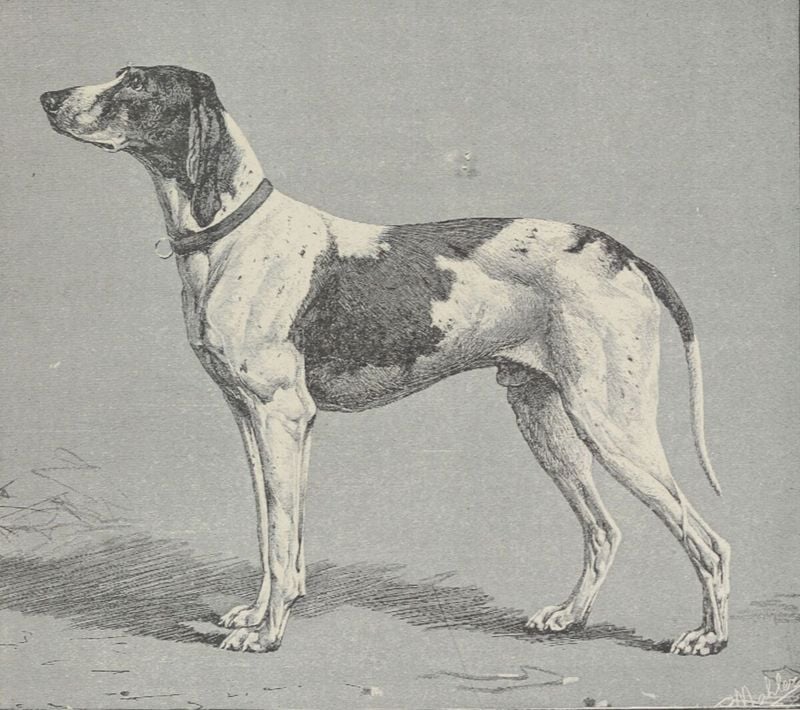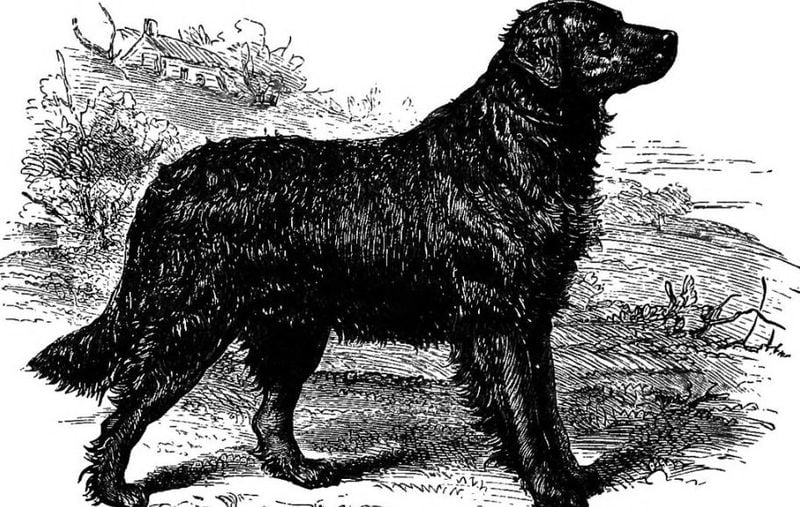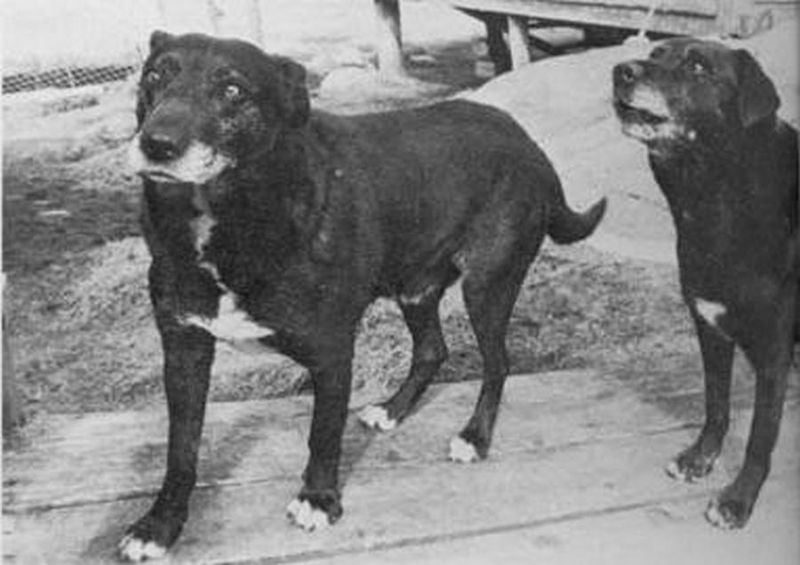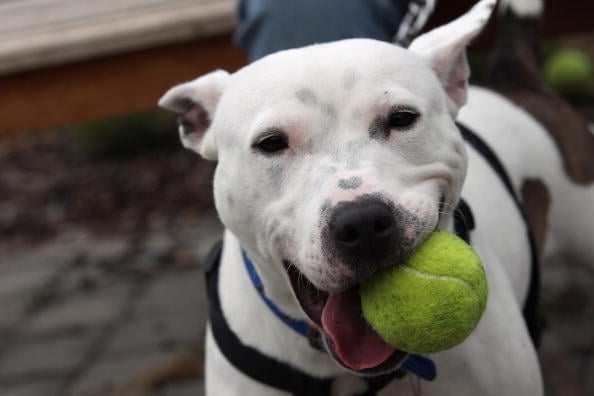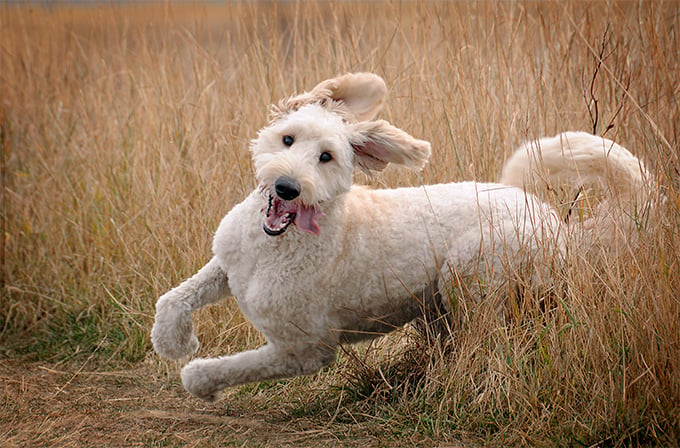12 Dog Types That No Longer Roam The Earth
Dogs have been by our side for thousands of years—guarding our homes, herding livestock, and curling up at our feet.
But not every breed has stood the test of time. Some dogs vanished because their roles became obsolete. Others faded away through crossbreeding or simply fell out of favor as human needs changed.
Many of these forgotten breeds helped shape the pups we know and love today. From ancient warriors to woolly companions, these dogs once had purpose, personality, and a place in the world.
Now, they live on only in history books and old paintings. So, let’s take a moment to honor the lost.
Here are 12 fascinating dog types that no longer roam the Earth—but whose legacies still linger in the DNA and spirit of today’s four-legged friends.
1. Molossus
Molossus, a towering force in ancient Greece, roamed the battlegrounds with its immense strength and fearless nature. This breed, known for its intimidating size, was more than just a war dog.
It symbolized courage and power, standing as a guardian in both war and peace. As warfare evolved, the need for such massive canines waned, leading to the Molossus’s gradual disappearance.
Despite its extinction, traces of its lineage continue in many modern mastiff breeds, echoing its once formidable presence. The Molossus’s legacy lives on in the gentler giants of today, a testament to its enduring impact on canine history.
This breed, rooted in the annals of ancient warfare, remains a fascinating chapter in the story of dogs and humans.
2. Hare Indian Dog
In the heart of Canada, the Hare Indian Dog once thrived, resembling a coyote with its slender build and keen instincts.
This breed was integral to the Hare Indians’ way of life, aiding in the hunt with unmatched agility and intelligence. As hunting practices and the environment shifted, the breed found itself struggling to adapt.
Crossbreeding with other dogs and changes in cultural practices led to its eventual extinction by the 19th century. Though no longer seen today, the Hare Indian Dog’s spirit endures in the history and stories of the Canadian wilderness.
The breed, a symbol of a bygone era, remains a poignant reminder of the intricate bond between humans and their four-legged companions.
3. Alpine Mastiff
Once the giants of Europe, Alpine Mastiffs were known for their sheer size and protective nature.
With a lineage linked to the Saint Bernard, these dogs were faithful guardians of the mountains, braving harsh climates to watch over their territories. Their imposing stature masked a gentle, loyal heart, making them beloved companions.
As breeders sought specific traits, extensive crossbreeding led to the Alpine Mastiff’s gradual fade from existence. While the breed itself is no longer around, its influence is unmistakable in many large dog breeds today.
These towering canines, with their majestic presence, have left an indelible mark on canine history, embodying strength and resilience.
4. Talbot Hound
The Talbot Hound once roamed the landscapes of medieval England, a white scent hound renowned for its tracking abilities. With its long ears and keen sense of smell, it was a hunter’s trusted ally in pursuit of game.
As time marched on, the Talbot Hound’s traits were absorbed into modern breeds like beagles and bloodhounds.
Its distinct appearance and capabilities have become relics of a bygone era, preserved only in historical texts and paintings.
Though the breed itself has vanished, its essence persists in the hounds that continue to delight hunters and dog lovers today. The Talbot Hound, a symbol of skill and dedication, remains a cherished chapter in the annals of canine history.
5. Turnspit Dog
Imagine a bustling kitchen in the 18th century, with the Turnspit Dog tirelessly running in a wheel to turn the roast.
These small, long-bodied dogs were an essential part of cooking in their time, ensuring that meat was evenly roasted. With their unique role, they were both workers and companions in the kitchen.
However, the advent of mechanical spit-turners rendered them obsolete, leading to their decline. This quirky breed, once a staple in households, faded into obscurity as technology advanced.
Today, the Turnspit Dog is remembered as a testament to the innovative ways humans and dogs have worked together throughout history, blending practicality with companionship.
6. Salish Wool Dog
In the Pacific Northwest, the Salish Wool Dog was more than just a pet; it was a source of warmth and tradition.
Bred by the Coast Salish people for its thick, white wool, this dog played a unique role in their culture, providing material for blankets and garments. Its distinctive coat set it apart from other breeds.
As sheep’s wool became more accessible, the demand for the Salish Wool Dog diminished, leading to its eventual extinction.
The breed’s legacy remains woven into the history of the Coast Salish people, reflecting a time when dogs were integral to cultural practices.
This woolly companion, though no longer with us, continues to inspire stories of ingenuity and resourcefulness.
7. Paisley Terrier
The Paisley Terrier, with its luxurious silky coat, dazzled in Scottish dog shows as a symbol of refinement.
This dainty breed, bred for appearance and charm, captivated audiences with its elegance and poise. Over time, its traits were absorbed into the modern Yorkshire Terrier, transforming its legacy.
While it no longer graces the show rings, the Paisley Terrier’s influence is evident in the beloved Yorkies of today.
This breed’s story is a reminder of the ever-evolving nature of dog breeds, where charm and elegance continue to captivate hearts. The Paisley Terrier, though retired from the spotlight, remains a cherished piece of canine history.
8. Russian Tracker
In the challenging terrain of the Caucasus Mountains, the Russian Tracker stood as a formidable protector.
Known for its massive size and golden coat, this breed was a loyal guardian of livestock, fearlessly facing any threat. Its strength and endurance made it a vital part of mountain life.
As herding practices evolved, more agile shepherd breeds took its place, leading to the Russian Tracker’s decline. Despite its absence today, the breed’s legacy lives on in the stories of those who relied on its unwavering loyalty.
The Russian Tracker’s golden era may have ended, but its memory endures as a symbol of courage and devotion.
9. Braque du Puy
The Braque du Puy, a French pointer, was celebrated for its sleek build and remarkable speed. This breed excelled in the fields, accompanying hunters with its swift agility and sharp instincts.
As dog breeding trends shifted, the Braque du Puy found itself overshadowed by other pointers.
Gradually, crossbreeding led to its disappearance by the early 20th century, but its influence lingers in today’s sporting dogs. The Braque du Puy is remembered for its grace and skill, a testament to the art of hunting with dogs.
Its elegant form and spirited nature may be gone, but the legacy of the Braque du Puy continues to inspire admirers of canine athleticism.
10. Bullenbeisser
The Bullenbeisser, a robust German bulldog, was a force to be reckoned with in the world of bull-baiting. Its sturdy build and tenacious spirit made it an ideal participant in this intense sport.
As the practice of bull-baiting declined, the Bullenbeisser found new purpose in shaping the modern Boxer breed.
Through careful breeding, its traits were preserved and enhanced, creating a beloved companion with a fearless heart. While the Bullenbeisser itself may have disappeared, its legacy is alive and well in the Boxers we cherish today.
This breed’s story is a testament to adaptability and the enduring influence of historical practices on modern dog breeds.
11. St. John’s Water Dog
In the fishing communities of Newfoundland, the St. John’s Water Dog was an invaluable companion.
This breed, known for its strength and swimming ability, played a crucial role in retrieving fishing nets and helping fishermen. Its hardworking nature and loyal demeanor made it a cherished part of village life.
As industrial fishing methods evolved, the need for such dogs diminished, leading to its extinction.
However, the St. John’s Water Dog’s legacy is far from forgotten, as it is the direct ancestor of today’s beloved Labrador Retriever. This breed’s story is one of transformation and adaptation, a cornerstone in the history of working dogs.
12. Cumberland Sheepdog
The Cumberland Sheepdog, a diligent herder, once roamed the British countryside with purpose and grace. Known for its intelligence and herding prowess, this breed was instrumental in managing sheep flocks with precision.
Over time, its characteristics were absorbed into the development of the Border Collie, refining herding techniques.
As these traits merged, the Cumberland Sheepdog gradually faded from existence, leaving behind a legacy of innovation in herding practices. Though no longer present, its spirit thrives in the fields where Border Collies work tirelessly.
The Cumberland Sheepdog’s story is one of evolution, a tribute to the collaborative journey of breeding for excellence.




